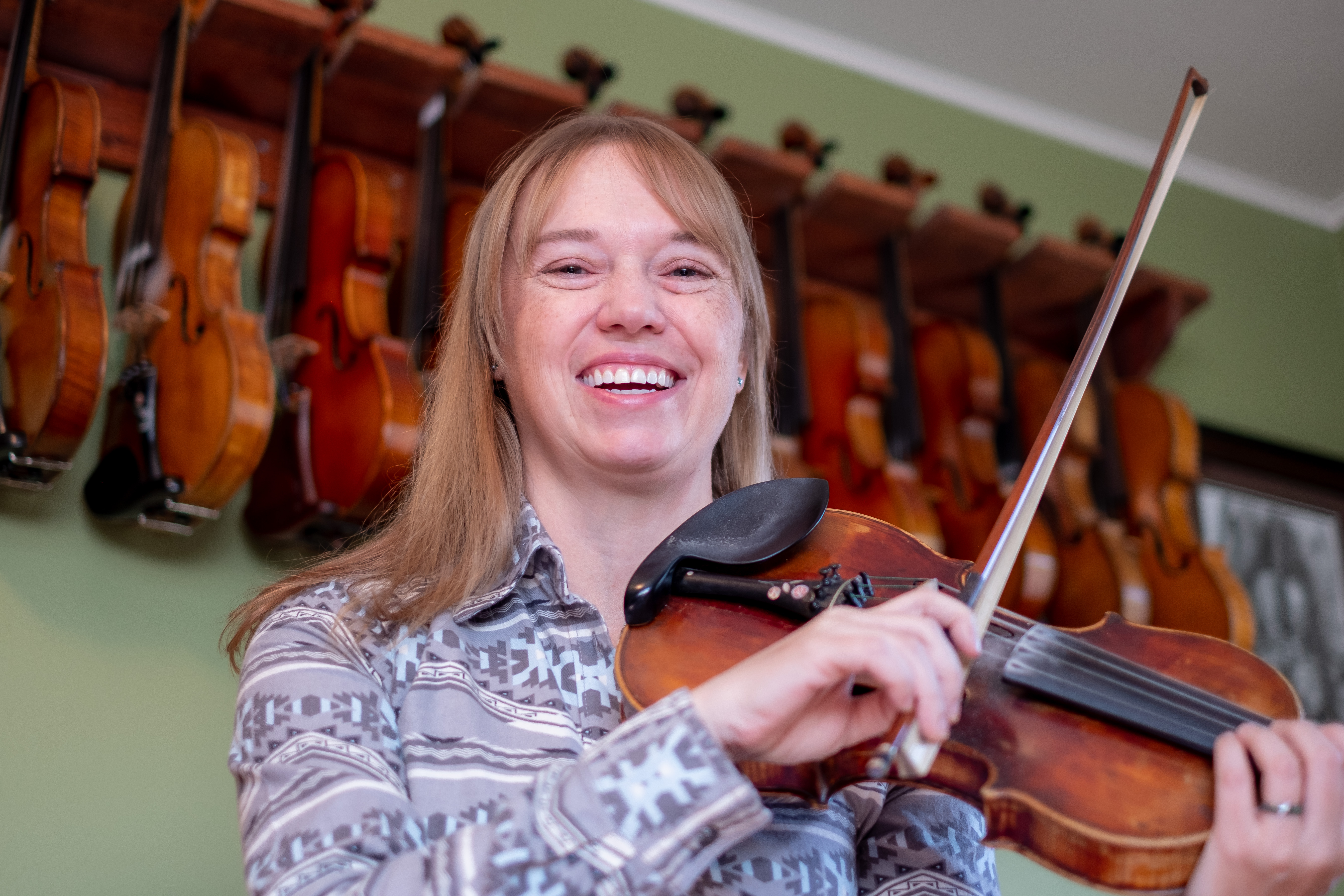Baker City group aims to establish quiet zone
Published 12:46 pm Monday, June 24, 2019
BAKER CITY — A group of Baker City residents has created an online petition gauging local interest in trying to establish a “quiet zone” in which freight trains wouldn’t sound their horns at crossings within the city except when the train operator sees a vehicle on the tracks or other dangerous situation.
Cities can apply for a quiet zone designation, although they must also pay to install concrete medians or other enhanced measures on streets at railroad crossings to prevent drivers from trying to drive around a crossing gate arm.
Trending
According to a press release from the Baker City group, its effort was inspired in part by La Grande.
In April the Federal Railroad Administration granted La Grande’s request for a quiet zone, culminating a campaign that began in that city about 20 years ago, according to a story in The Observer newspaper.
Federal rules require train engineers to sound the horn for 15 to 20 seconds before the train enters a crossing, and not more than one-quarter mile before the crossing. Because there are five crossings in Baker City, locomotives, which can travel at 50 mph through town, sometimes sound their horns with little interval as they pass through Baker City.
On average about 24 trains roll through the city per day.
“I support a quiet zone, because it would improve railroad safety and reduce the horn blasts that keep us up at night,” said Anna Fargo, a member of the informal Baker City group that set up the online survey.
The idea of establishing a quiet zone in Baker City is not a new one.
Trending
In May 2002 the city, at the behest of City Councilor Chuck Phegley, put on the ballot a measure asking voters whether they were interested in the city potentially pursuing a quiet zone designation.
A large majority — 82% — voted no on that nonbinding measure.
The report estimated the cost to qualify for a quiet zone at a minimum of $100,000, based on the city installing concrete medians at two of the five public crossings.
The cost would be much higher, however, if the city had to install a four-quadrant gate system at any crossing, as those are estimated to cost $500,000 each. The city didn’t pursue the matter in 2016 so it has not been determined which safety enhancements would be necessary to qualify for a quiet zone.
The Baker City group plans to schedule meetings that will be open to anyone interested in the topic. Members are researching the health and safety benefits of a quiet zone, as well as the potential boon to the local economy from the lack of train horns.









